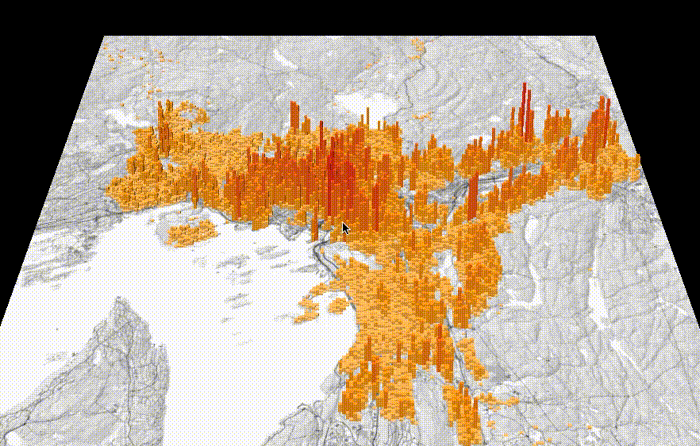
This method is able to subsample 3D point clouds obtained from object surfaces. Therefore, they preserve the keypoints and subsample those points with less curvature information. They detect the points with more information (big curvature) and subsample the rest of the points using a uniform spherical sampling method. presented a feature based 3D point cloud simplification method. This technique has been traditionally employed in the area of computer graphics to subdivide the input space and reduce the number of points. The VG downsampling technique is based on the input space sampling using a grid of 3D voxels. Another commonly used structure is the voxel grid (VG). It uses probabilistic occupancy estimation where areas of the space are represented as occupied, empty, or uncertain. In, an Octree based framework called OctoMap is presented. It also allows some optimized operations like closest point searching or occupancy checking.

This structure represents both occupied and empty space in the area represented by the Octree. Each node of the tree is recursively subdivided into eight new nodes until a certain condition is fulfilled, like the size of the area represented by a node. The Octree is a tree structure in which each internal node has eight children. Several works in mobile robotics have used this structure as a base for their applications. The cell information could consist of a single value of occupancy or contain more complex information as the probability of occupancy. Occupancy grids represent the entire space as 3D cell grids. This approach focuses on the representation of planar surfaces to help mobile robotics tasks like robotics navigation.įollowing this idea of 3D space representation, some other structures have been proposed like occupancy grids or Octrees.

This multilevel surface map (MLS map) allows the representation of vertical structures and different surfaces in a 2D cell-based structure like the ones used in the traditional height maps. presented an extension of the height maps to represent different surfaces at different heights. This compact model allows a simple representation of large areas but with low level of detail. These elevation maps are represented using a regular 2D cell grid where each cell value represents the elevation or height of the surface of that space. Due to the huge quantity of data, several methods have been proposed to reduce the number of points in the map while preserving the main features of the data, as it would be used in further tasks.Įlevation maps were a commonly used structure in the past. Furthermore, as acquisitions frame rate is high, for a common area, a huge amount of redundant points is used to represent the input space. In a typical map with 10,000 poses, the data could consist of more than 3 billion of 3D points, which are unaffordable for representation and other tasks. The amount of data in RGB-D maps is huge since the number of poses is high. The use of RGB-D data as observations is referred to as RGB-D mapping and RGB-D maps. This map is useful to develop subsequent tasks, like localization, navigation, and recognition. Then, using different methods, for example, registration, the map can be built, transforming each observation with respect to a common coordinates frame. Each time the robot moves, an observation is linked to that movement. Mapping is a task that builds a map from the observations and movements of the robot. That feature is very useful to carry out a fundamental task in mobile robotics: mapping.


This sensor could provide more than 300,000 3D points per capture. RGB-D cameras provide this kind of data and have become very popular due to their low cost, like the Kinect sensor. Moreover, if color information (R, G, and B) is available for each point, it is referred to as RGB-D data. IntroductionĪ 3D point is comprised of (, , and ) values representing the spatial coordinates. Experiments show how GNG method yields a better input space adaptation than other state-of-the-art 3D map representation methods. GNG method is able to represent the input data with a desired amount of neurons or resolution while preserving the topology of the input space. In this work, we focus on 3D maps representation and propose the use of the Growing Neural Gas (GNG) network as a model to represent 3D input data. Current RGB-D sensors provide a big amount of valuable information for mobile robotics tasks like 3D map reconstruction, but the storage and processing of the incremental data provided by the different sensors through time quickly become unmanageable.


 0 kommentar(er)
0 kommentar(er)
